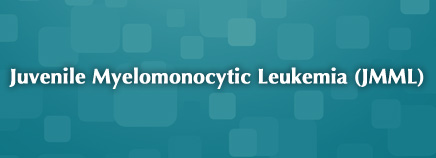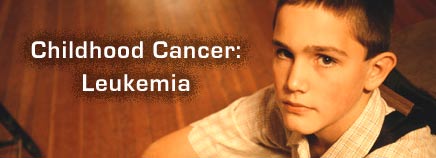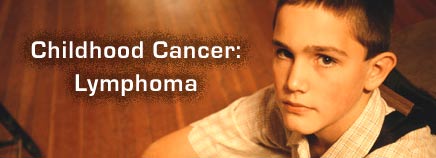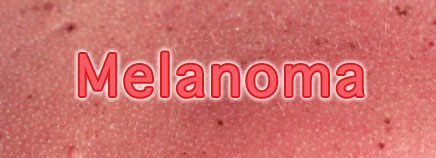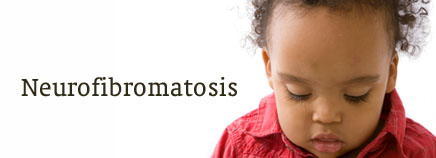Hodgkin lymphoma is a type of cancer that affects the lymphatic system. This highly sophisticated filtering system helps the body’s immune system remove bacteria, viruses, and other unwanted substances. The lymphatic system includes the lymph nodes (glands), thymus, spleen, tonsils, adenoids, and bone marrow, as well as the channels (called …
Juvenile Myelomonocytic Leukemia (JMML)
About Leukemia Leukemia is a type of cancer that affects the body’s white blood cells (WBCs). Normally, WBCs help fight infection and protect the body against disease. But in leukemia, WBCs turn cancerous and multiply when they shouldn’t, resulting in too many abnormal WBCs. These cells then interfere with the …
Leukemia
About Leukemia The term leukemia refers to cancers of the white blood cells (also called leukocytes or WBCs). When someone has leukemia, large numbers of abnormal white blood cells are produced in the bone marrow. These abnormal white cells crowd the bone marrow and flood the bloodstream, but they cannot …
Liver Tumors
The liver is the body’s largest solid organ. Lying next to the stomach on the right side of the abdomen, it has many jobs — like cleansing the blood of toxins, producing bile (which helps break down food during digestion), and storing energy in the form of a sugar called …
Lymphoma
The body’s lymphatic system helps the immune system filter out bacteria, viruses, and other unwanted or harmful substances. The lymphatic system includes: the lymph nodes (also called lymph glands) thymus spleen tonsils adenoids bone marrow Channels — called lymphatics or lymph vessels — connect the parts of the lymphatic system. Lymphoma is a type of …
Melanoma
Although there are several different types of skin cancer, most don’t become life-threatening because they aren’t likely to spread to other parts of the body. Unfortunately, melanoma is different. If not caught early, melanoma can spread from the skin to other organs — often with deadly results. And this serious …
Neuroblastoma
Most people have never heard of neuroblastoma, but it’s actually the most common type of cancer in infants. In this rare disease, a solid tumor (a lump or mass caused by uncontrolled or abnormal cell growth) is formed by special nerve cells called neuroblasts. Normally, these immature cells grow into …
Neurocutaneous Syndromes
About Neurocutaneous Syndromes Neurocutaneous syndromes are disorders that lead to growth of tumors in various parts of the body. They’re caused by the abnormal development of cells in an embryo and characterized by the tumors in various parts of the body (including the nervous system) and by certain differences in …
Neurofibromatosis
About Neurofibromatosis Neurofibromatosis (NF) is a neurocutaneous syndrome that can affect many parts of the body, including the brain, spinal cord, nerves, skin, and other body systems. NF can cause growth of non-cancerous (benign) tumors involving the nerves and brain. NF can range from mild to severe. Some children live …
Neutropenia
If your child is diagnosed with cancer, it may feel as though you went to bed one night and woke up in an alternate universe. Suddenly there are all these new words — oncology, chemotherapy, radiation — not to mention a slew of new fears and emotions. Now the doctor …


